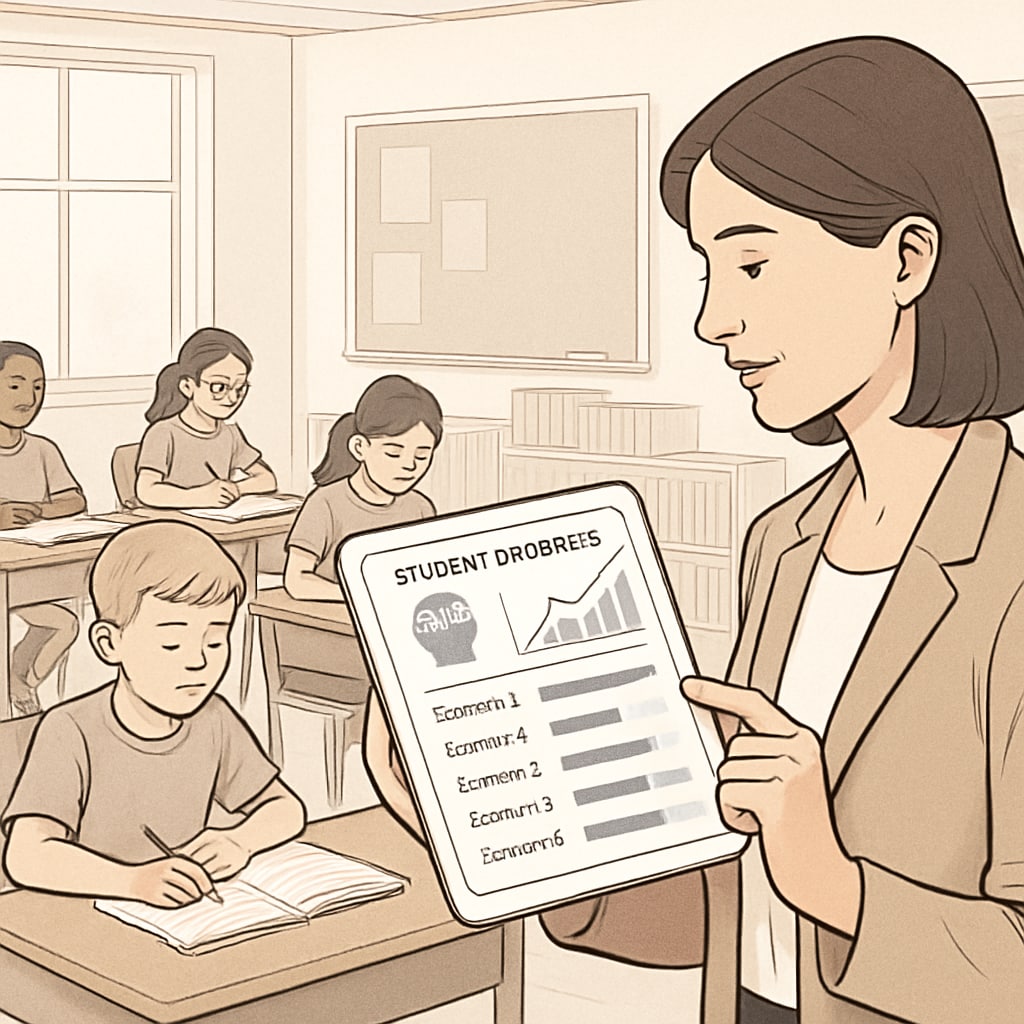Artificial intelligence (AI) is set to transform school education, redefining how students learn and teachers operate. In K12 education, the future impact of AI ranges from personalized learning experiences to reshaping traditional teaching roles and bridging gaps in resource distribution. As the next decade unfolds, educators and policymakers must embrace this technological revolution to navigate its promises and challenges effectively.
Personalized Learning: A Game-Changer for Students
One of the most significant impacts of AI in K12 education is the ability to deliver personalized learning experiences. AI-powered systems can analyze a student’s learning patterns, preferences, and difficulties to create tailored lesson plans. For example, platforms like DreamBox Learning and Khan Academy already use machine learning algorithms to adapt to students’ individual needs, offering customized content and feedback.
- Adaptive learning tools can identify gaps in knowledge and recommend specific resources.
- AI-based tutoring systems provide real-time assistance, mimicking one-on-one teacher support.
- Students can progress at their own pace, reducing the pressure of standardized timelines.
As a result, learners are empowered to take ownership of their education, making learning more engaging and effective.

Transforming the Role of Teachers
While AI enhances student learning, it also redefines the role of teachers. Educators will transition from traditional knowledge providers to facilitators and mentors, focusing on nurturing critical thinking and social-emotional skills. AI can assist teachers by automating routine tasks such as grading, tracking attendance, and analyzing student performance data.
However, this shift also presents challenges. Teachers must acquire new skills to work alongside AI tools effectively, ensuring they remain central to the educational process rather than being sidelined.

Promoting Equity in Education Through AI
AI has the potential to address disparities in education by providing equitable access to resources. Students in underserved areas can benefit from virtual classrooms, online learning platforms, and AI-driven tools that offer quality education regardless of geographic or socioeconomic barriers.
For example:
- AI-powered translation tools can help non-native speakers access educational content.
- Virtual tutors can provide support in areas with limited access to qualified teachers.
- Machine learning algorithms can identify at-risk students early and recommend interventions.
By democratizing access to education, AI can help close the achievement gap and create a more inclusive learning environment.
Challenges and Ethical Considerations
While AI holds immense potential, its integration into K12 education comes with challenges. Issues such as data privacy, algorithmic bias, and the digital divide must be addressed to ensure ethical and equitable implementation. For example, algorithms may unintentionally favor certain demographics, leading to biased outcomes. Additionally, schools must secure sensitive student data and provide equal access to AI tools for all learners.
Educators, policymakers, and technology developers must collaborate to establish guidelines and policies that prioritize the well-being and rights of students.
In conclusion, artificial intelligence is poised to revolutionize K12 education, offering transformative benefits while presenting unique challenges. By embracing AI thoughtfully, educators can create a smarter, more inclusive, and engaging learning environment for the next generation. The dawn of smart classrooms is here, and the future of education is brighter than ever.
Readability guidance: This article uses concise paragraphs, lists to summarize key points, and transitions to maintain flow. Active voice is prioritized, and technical terms are explained where needed. Images are strategically placed to complement the text.


